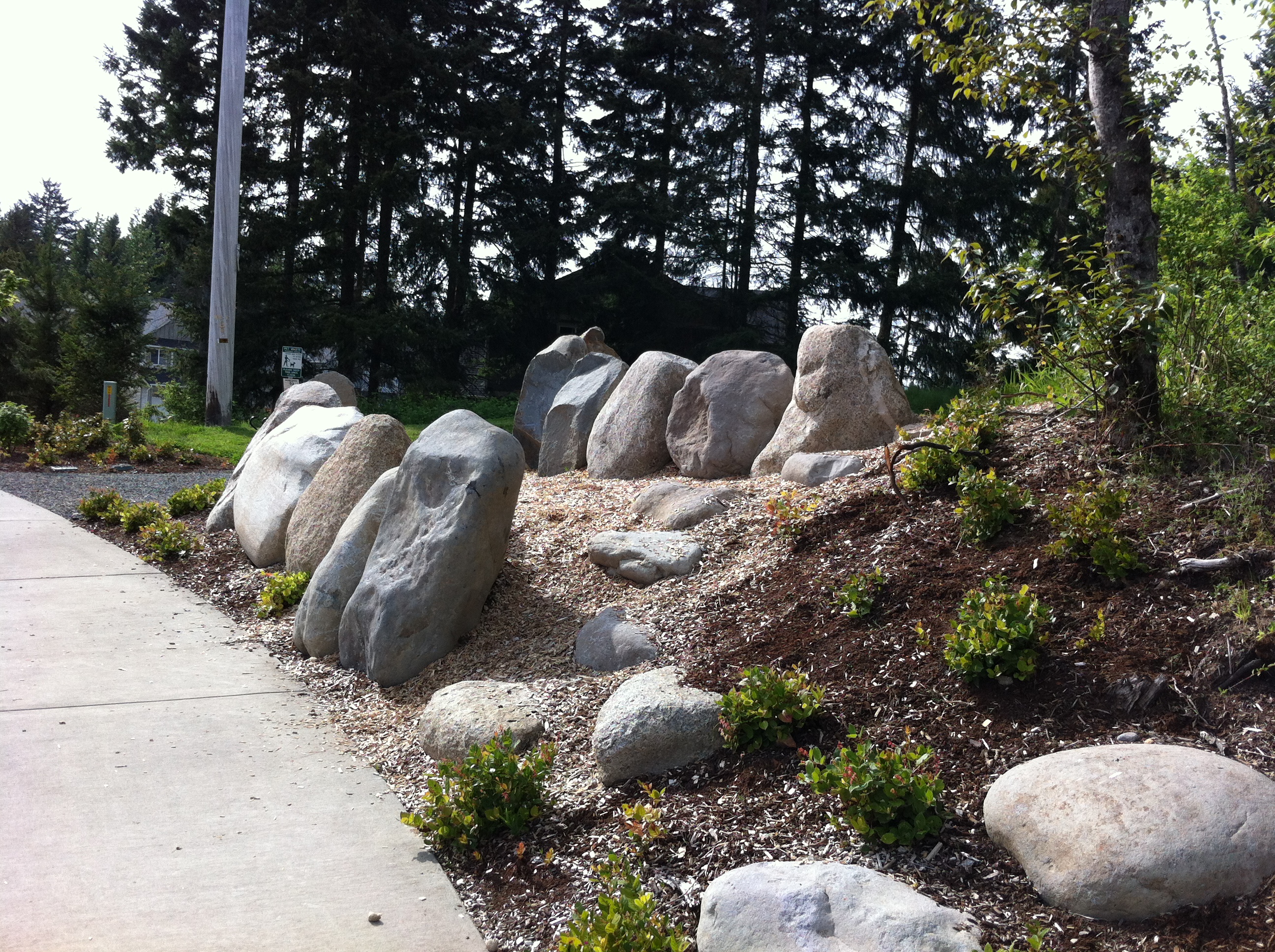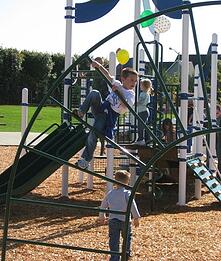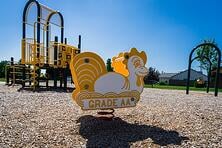Inclusive design encourages equality of play opportunity for all ages and abilities. Incorporating inclusive design elements within our park systems can provide a better quality of life for our communities. I think a lot of us know this, but project deadlines and budgets sometimes prevent a park from living up to its full potential.

How do you apply inclusive design concepts into a park? By completing 4 simple steps:
-
Determine Park Program Requirements
Evaluate the park program requirements to see not only what the Department of Justice (DOJ) requires for ADA compliance, but what site features could provide more inclusive activities and places. This element is essential to providing a cohesive, safe environment for children and parents to enjoy. The DOJ has succeeded in providing guidelines and standards for site access, play equipment and surfacing, but they haven’t been able to address the other needs disabled children require that are often more abstract and can’t be standardized. That is where creativity comes into play and allows us to provide features and spaces that work with children on the spectrum. A child and the parents should feel safe. This is achieved by:
-
Incorporate nature when possible
 Design these spaces to provide quiet areas for recovery when children are over stimulated. A tunnel or berm, a grove of trees, a quiet place behind a rock can provide sanctuary to a child needing a quiet escape from a busy playground, while still being supervised by parents. These spaces also provide other play elements that a child can do by themselves when they need a little downtime. Incorporate different textures, shapes, natural plants, fossils or other materials to offer peaceful discovery.
Design these spaces to provide quiet areas for recovery when children are over stimulated. A tunnel or berm, a grove of trees, a quiet place behind a rock can provide sanctuary to a child needing a quiet escape from a busy playground, while still being supervised by parents. These spaces also provide other play elements that a child can do by themselves when they need a little downtime. Incorporate different textures, shapes, natural plants, fossils or other materials to offer peaceful discovery. -
Design play areas that create a fun and active experience

Using elements that include swings, slides, tunnels with windows, equipment that spins in circles, and allow features for children to climb and jump. All of these activities help with the vestibular and proprioceptive systems along with stretching and building muscles, balance, and spatial orientation. The good news is all children love these same elements, so you are not building a play area for just for one age or user group. Additional goals that I like to think about when designing play areas are that they should be intuitive, address different levels of development, creative so that everyone can have a sense of discovery, and build confidence with challenges that can be conquered. The real trick is how you organize these play elements within the park and how they relate to one another.
-
Consider User Groups.

Park users vary by diverse age groups. Provide age appropriate equipment, allowing the older kids to play on equipment away from the toddlers. Having dedicated areas or sections for different age groups makes the park more conducive for families. Another benefit, it creates two spaces that a child can go, one that will be more calm and soothing and the other that is highly active.
Ultimately, a “successful” park is one that attracts a variety of users and accommodates a diverse range of skill sets.
Do you have anything to add to this list? What’s worked for you, and what hasn’t? I’d love to hear your thoughts. You can connect with me at bcole@mackaysposito.com or on LinkedIn.

